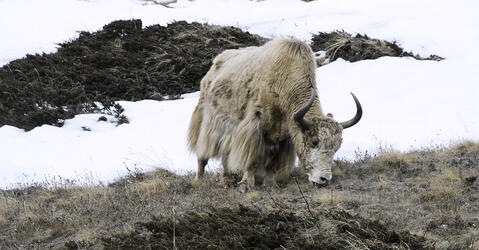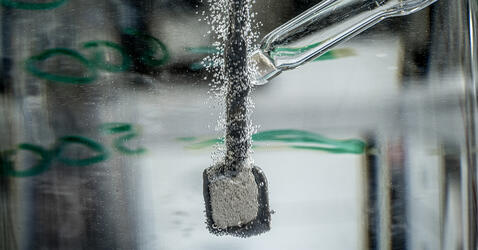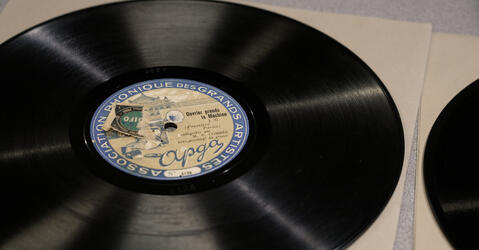You are here
Recent Videos
Nepalese shepherds breed yaks for their milk, meat and wool. In this report published in collaboration with LeMonde, anthropologists and ethologists study their strategies to protect their...
How does a baby’s mind work? They may be small, but from their very first moments, human beings are always absorbing information. And while they may...
In the quest for a sustainable alternative to fossil fuels, hydrogen is a serious contender. But it still has to be tamed... In this report, a number of researchers and industrialists retrace the...
Political speeches, militant or folk songs... discover a few priceless gems from the over 900 propaganda records produced in France in the twentieth century by political organisations of all...
Located at an altitude of 2,500 metres on the Bure plateau in the Alps, the Noema international observatory is the most powerful radio telescope in the northern hemisphere. Thanks to the data...








